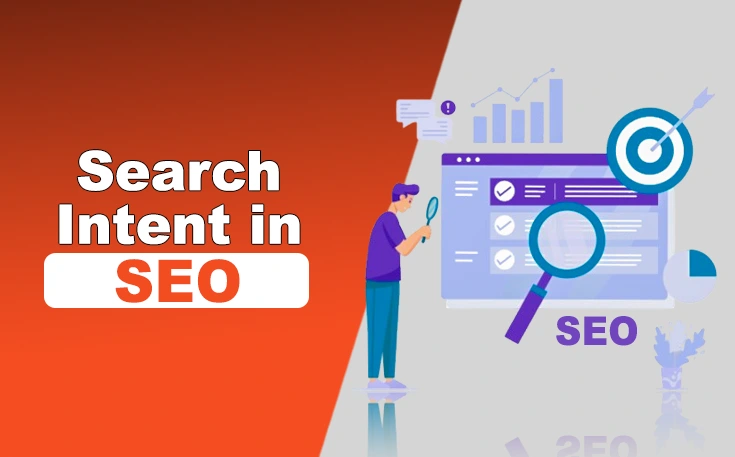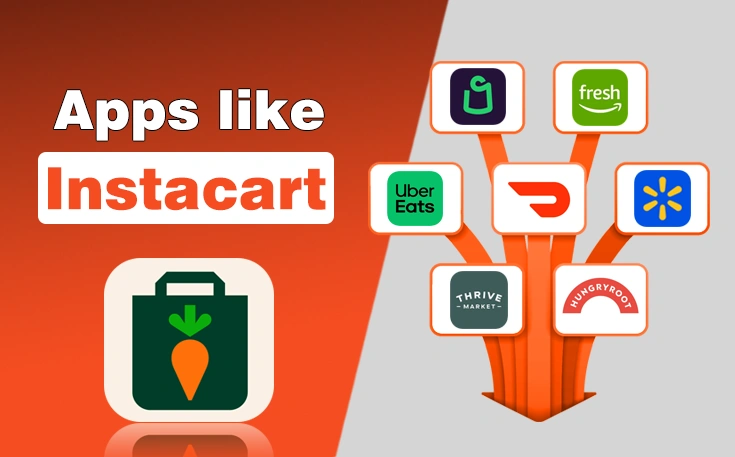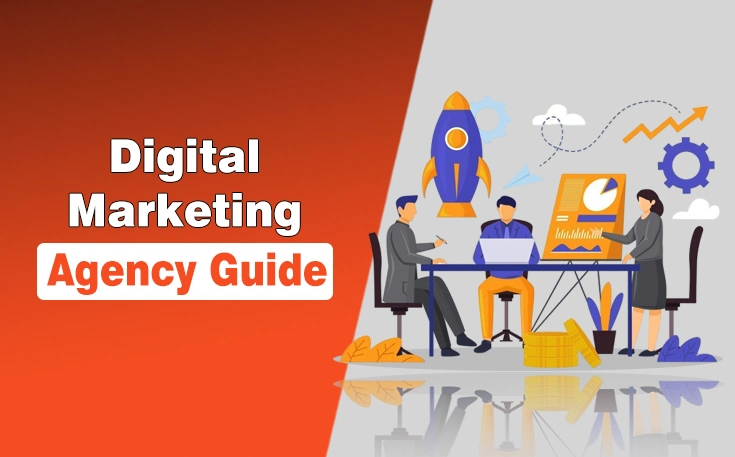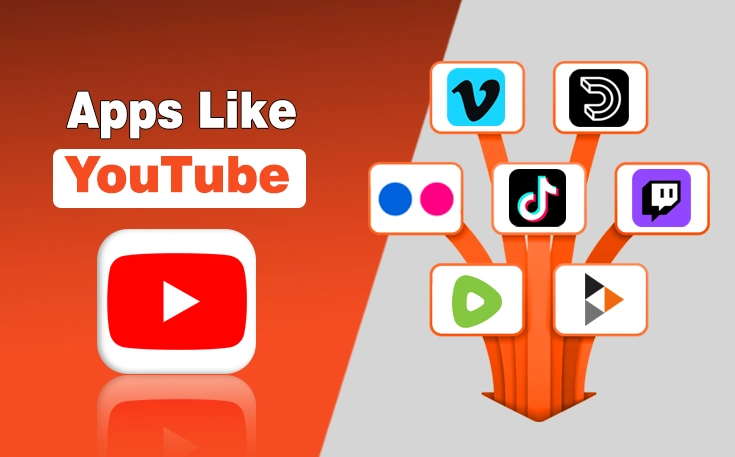Being a blogger, have you ever thought about why a user is accessing Google and performing a search? Well, the simple answer per common sense is that they may need some specific sort of information. That’s why they are online. But the real question arises here, “What sort of information?” That’s where Search Intent in SEO plays its part.
Let’s say that a user is searching for Ahrefs Keyword Explorer. Now, the search intent will tell you whether he is looking for information about the functioning or pricing of this tool. I can say this is a challenging task yet you have to do it to be successful in this marketplace.
To be very honest, I also struggled a lot over this. Thus, I can understand where beginner bloggers may get stuck. So, I have created this blog post to cover how you can identify the search intent in the right way to get SEO benefits.
What is Search Intent?
Search intent, more commonly referred to as user intent, is the purpose behind a search query. It is a critical factor in search engine optimization (SEO) because understanding why users are searching for something allows you to create relevant content that satisfies their needs.
Google and other search engines prioritize results that best match user intent. Thus, it makes it essential for website owners and marketers to optimize accordingly.
Search Intent Types
The following are different types of search intent that showcase that different users access Google for different purposes.
1. Informational Intent
Users with informational intent are looking for knowledge or answers to specific questions. These include queries like “how to,” “guide,” “best way to,” and “what is.” Examples include:
2. Navigational Intent
Navigational search intent is when users are looking for a specific website, brand, or service. They already know where they want to go but use Google instead of typing the URL directly. Examples include:
- Surfer SEO
- Grammarly Plagiarism Checker
- YouTube Homepage
3. Transactional Intent
Users with transactional intent are ready to take a specific action like making a purchase. They are looking for products, services, or deals. These queries may include words like “buy,” “discount,” “deal,” “pricing.” or “order online.” Examples include:
- Ahrefs Pricing
- Best laptop deals 2025
- Order pizza online
4. Commercial Investigation Intent
Users with commercial investigation intent are researching products or services. In this way, they can make an effective purchase decision. These searches often compare products or look for reviews. Examples include:
- Top 12 Digital Marketing Services Providers in 2025
- Squarespace vs WordPress
- Best SEO Site Checker Tools
How to Identify Search Intent?
In the under section, I have mentioned the ways that will help you identify search intent to benefit you in SEO for optimal outcomes.
1. Analyze the SERP
Search Engine Results Pages (SERPs) provide valuable insights into search intent. You can determine what type of content ranks the highest by searching for a keyword on Google and analyzing the top results.
Example
When searching for “White Hat SEO” on Google, the sites that come to the top of the SERP deliver a guide on effective tips and strategies. Thus, the intent of this query can be assessed as informational.
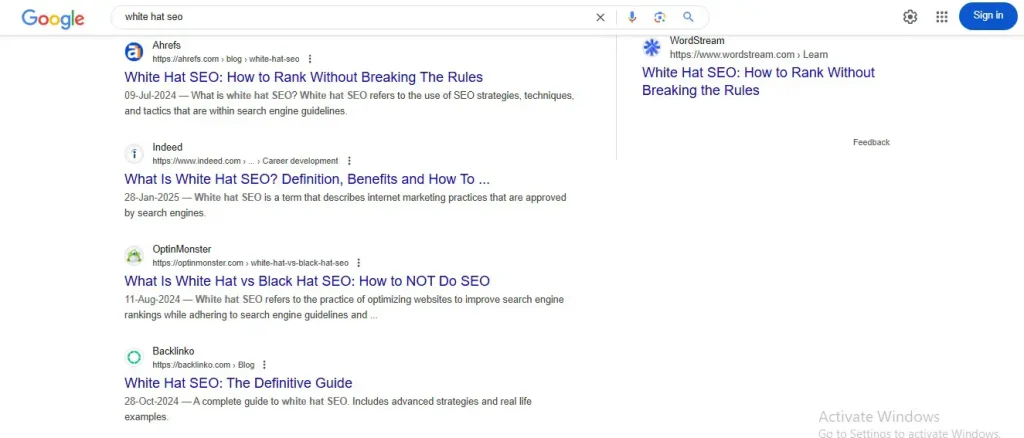
Otherwise, if the top websites in the SERP come up with such kind of content as, “White Hat SEO Services,” the search intent would be transactional or commercial.
2. Check Keyword Modifiers
Next, you have to check if the keyword comes with a modifier as its presence in a search query indicates specific intent. For example:
- “How to” and “best ways to” suggest informational intent.
- “Buy” and “discount” indicate transactional intent.
- “Vs” and “comparison” suggest commercial investigation intent.
3. Use SEO Tools
Different SEO tools can help analyze search intent by providing insights into keyword search volume, competition, and user behavior. The tools that I use to analyze the search intents are:
Ways to Optimize Content for Search Intent
After determining the search intent, you have to optimize the content accordingly so that it can benefit you in the search engine optimization of your website.
1. Match Content Type to Intent
Each type of search intent requires a different approach to content creation. So, you have to analyze them and then create high quality content accordingly.
- Informational intent (I): Blog posts, guides, and how-to articles
- Navigational intent (N): Optimized landing pages and homepage SEO
- Transactional intent (T): Product pages, sales pages, and e-commerce listings
- Commercial investigation intent (C): Comparison articles, buyer’s guides, and reviews
2. Use Clear and Concise Titles
The second effective tactic is the use of clear and concise titles. They should clearly reflect the search intent to attract the right audience. For example:
- Informational: “SEO Friendly Content Writing Tips For Better Content Marketing“
- Commercial: “Best Laptops Under $1000 – Comparison & Reviews”
- Transactional: “Buy High Quality Headphones – Limited Time Discount”
3. Optimize Meta Descriptions
Meta descriptions should be engaging and clearly state what the content offers. A well optimized meta description increases click through rates (CTR) and improves SEO performance.
4. Structure Content Properly
To effectively optimize the impact of understanding search intent in your content writing, you have to use headings (H1, H2, H3) to structure your content. This organized content makes it easier for users and search engines to navigate and understand what sort of information you have provided. Include bullet points, images, and infographics to enhance readability.
5. Improve User Experience (UX)
User experience holds the primary place in determining whether your blogging can be successful. That’s why you have to take care of this factor. The key elements to look for are fast loading times, mobile friendly design, and easy navigation. They enhance the user experience and ultimately, reduce bounce rates and improve rankings.
6. Include Relevant Keywords Naturally
While keyword optimization is important, stuffing keywords unnaturally can harm your rankings. This is the point where many bloggers struggle. You have to use keywords in a way that feels organic within the content. Perform a complete keyword research to identify the following:
Final Thoughts
These are the details about search intent in SEO and how you can do it right to identify the key areas to target. In this fast paced and saturated digital landscape, understanding search intent is crucial for creating content that meets users’ needs and ranks well on search engines.
Additionally, you can improve user engagement and drive more organic traffic to your website by analyzing intent, optimizing content accordingly, and continuously refining your strategy. Implement the strategies I have mentioned in this guide to align with search intent and achieve SEO success.

